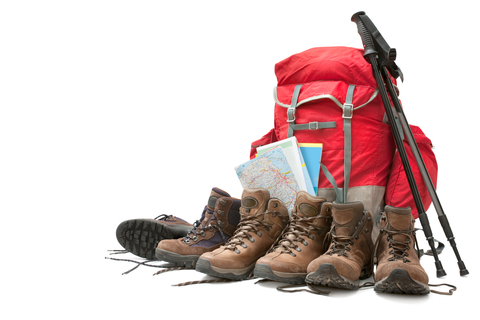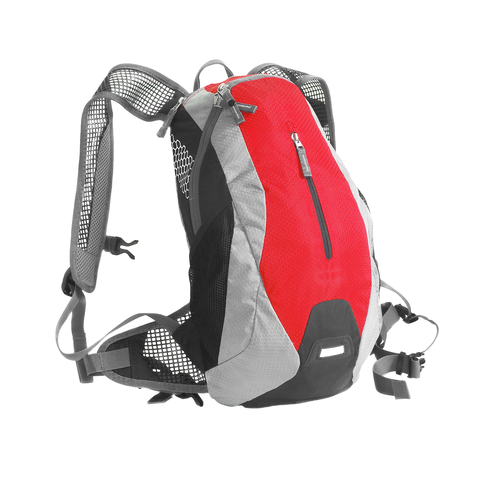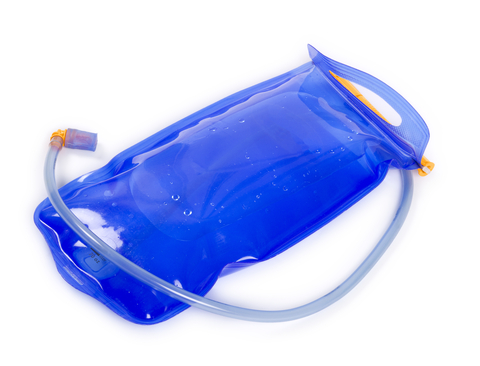How to Choose a Summer Rucksack for Walking
Good ventilation and the right weight are just two considerations when picking a rucksack for summer. Read on for more!
How to Choose a Summer Rucksack for Walking
https://www.contours.co.uk/choosing-a-summer-rucksack-post
by Sarah Rowell

With summer appearing intermittently, it’s a good time to look at the key features walkers need in an ideal summer day sack. Of course, like a woman can never have enough pairs of shoes, so any regular walker will have more than one rucksack, with differing sizes, features and functions to make sure every occasion is covered.
For a summer’s day in the hills or on the trails, 10-20 litres is plenty big enough to carry all the essentials – food, fluid, spare layers, water proofs, map, compass, phone and money, but with so many makes and models on the market how do you choose the one for you?
Cost of course is always a consideration, but beyond that, there are four key things I always take into account:
Frame – do you want a rigid frame, semi rigid, one with removal padding in the form of a small mat or no padding? Personally for this small a pack I go for no padding (using my spare clothes to get the comfort) or just removable soft padding – great also for sitting on when eating my butties. Rigid frames tend to make the pack heavier, although both rigid and semi rigid ones do tend to allow better back ventilation via built in air flow designs.

Fit – a recent review of 20 rucksacks shows just how different the fit can be even if the size is the same – some are long and narrow, fitting nicely between shoulder blades, other are ‘squatter’, and potentially better for shorter people, or ‘ergonomically contoured’ to fit. In some the weight tends to sit weight lower down on your the hips, others have more uniform distribution down your back. Increasingly you can find sacs which are designed specifically for men or women (and coloured accordingly).

Function – personally when walking I like to have pockets on my hip belt, one to keep my compass in and one for ‘on the move snacks’. Other things to think about when considering which to buy are the number of compartments you want internally and the number and type of openings (zips can be easier one handed, but are not potentially as waterproof as a storm flap), do you want compression straps to help stop things bouncing around, or other loops to hold poles etc?

Fluid – not of course what to take, but how to carry it? Do you want to use traditional water bottles or would you be happier with a bladder based system? Both have their pros and cons. If you want bottles, do you like to carry them in side pockets on your hips (and can you easily get them out and put them back while walking?) or using chest holders? If you prefer a bladder system, how easy is it to refill? and can you take the bladder out should you not want to use it? And perhaps most importantly, how much does the water slosh about when half full and you are trudging and down hill?
So, which rucksack to choose, price aside it is still a million dollar question . Most important is finding one which fits you snugly, that you can get tight enough, with straps that do not rub and keep the weight nicely compressed, not bouncing around and carried in the best position for you. Which means trying them on, and ideally doing so with a load similar to that you want to carry.
Olympian, Advisor in High-Performance Sport
Sarah Rowell has been a successful long distance runner since the early 1980s, running marathons before switching to off-road surfaces.
Her achievements include representing Great Britain in the Olympic Marathon, finishing second in the 1985 London Marathon and second in the 1996 World Mountain Running Championships, and winning the English Fell-Running Championships in 1997.
Sarah now works as an advisor within high-performance sport.